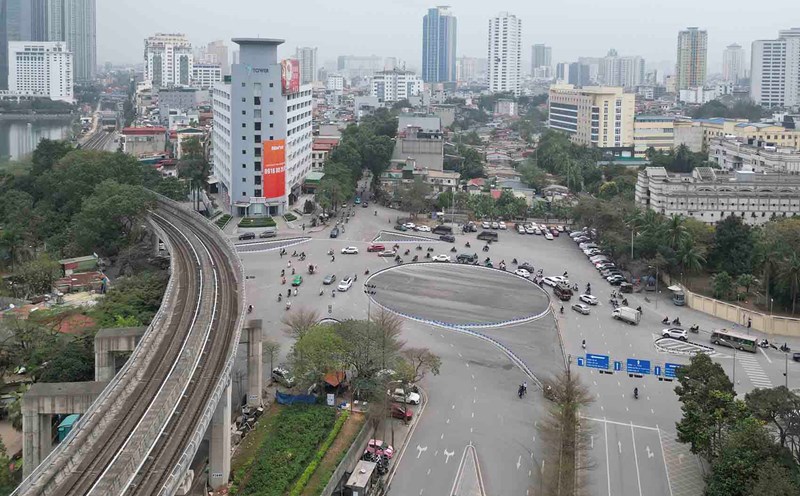Electric rice cookers are an indispensable kitchen appliance in daily life. However, after a long time of use, the rice cooker is likely to have some problems.
Accordingly, the 4 basic inspection steps below will help housewives quickly determine the condition of the rice cooker not working to have a suitable treatment.
Power source and output
The power source is the electricity transmission unit directly to the device, so if the line is open, broken or loosely exposed to the power outlet, the rice cooker will not work. Check all the power lines for signs of damage such as grinding fire, broken power lines or rat bites...
At the same time, try Plugting to another outlet to rule out the possibility of a broken outlet. Some current electric rice cooker designs have removable source wires, which need to be installed in the right direction.
Grid Button and heat Exposure Mechanism
The rice cooker operates via a mechanical switch or electronic control board. If the knot is stuck, loose or the spring inside is not elastic, the rice cooker will have difficulty starting.
In addition, the heat tray - the area that comes into direct contact with the bottom of the pot if it is dirty, rusty or deviates from the axis, will also hinder the process of heating the rice.
Heat trailer and protective lead bridge
In some other cases, the rice cooker may not work due to the internal protective system being turned off due to overheating or power outages.
Checking the heat trail and the lead bridge inside should be cautious, because these parts are located in the engine and require dismantling. If you are not experienced, you should ask for support from a technician to avoid damaging the rice cooker.
Safety covers and locks
Some designs of electronic rice cookers or electrical pressure cookers have a safe cover lock design, only allowing the cover to operate properly.
If the lid is not closed or the safety lock is not in the correct position, the pot system will not activate the cooking function. Therefore, housewives need to re- check the lid, rubber raincoats (if any) and lock them safely to assess the level of defect and damage to the rice cooker.








